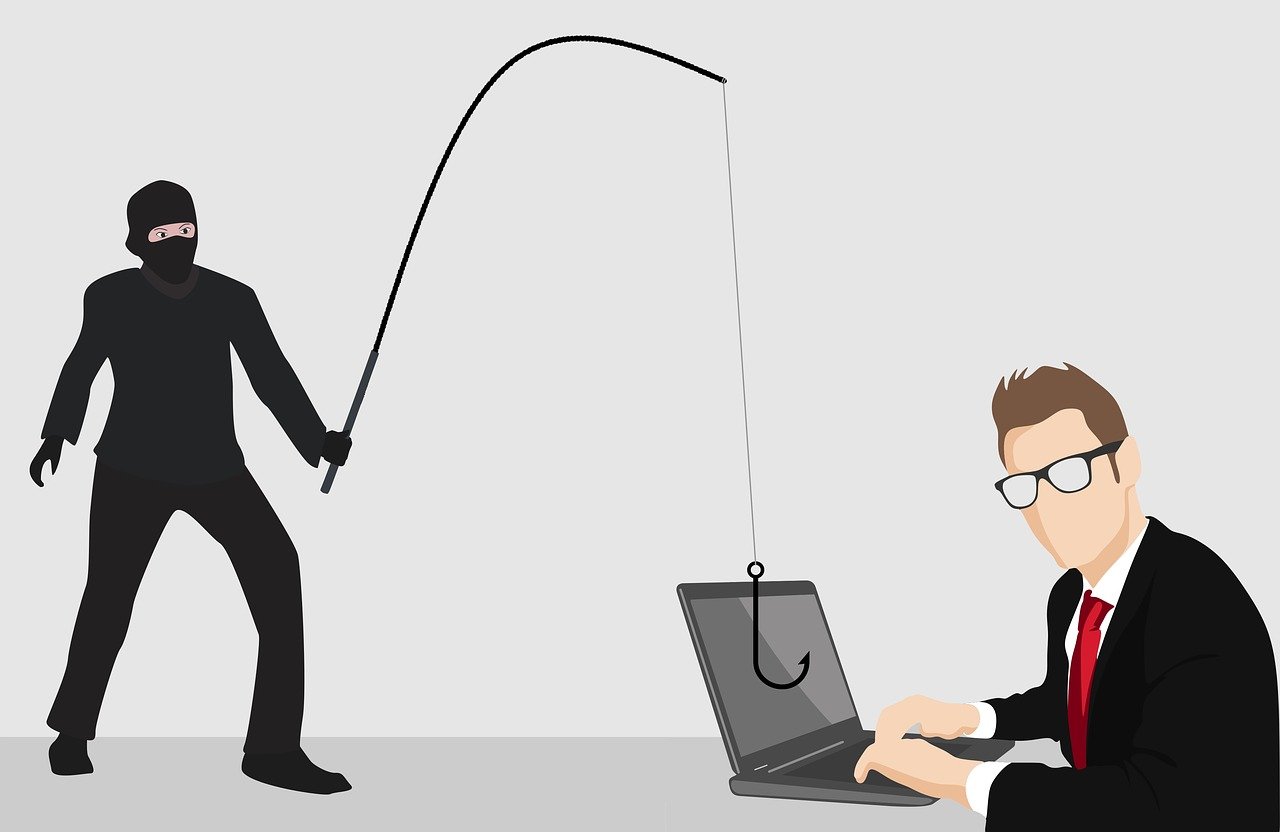Phishing attacks are a major cyber security threat that individuals and businesses need to be aware of. Phishing involves fraudulent attempts to steal sensitive information like login credentials and financial information through deceptive emails, websites, or other digital communications that appear legitimate. With phishing attacks becoming increasingly sophisticated, it’s crucial to take proactive steps to protect yourself and your organization. Here are some top ways to prevent phishing attacks:
- Employee Awareness and Training: One of the most effective defenses against phishing is educating employees about how to identify and avoid these attacks. Conduct regular security awareness training sessions that cover phishing red flags, such as suspicious links, urgent language, and requests for sensitive information. Encourage a culture of caution and skepticism when it comes to unsolicited communications.
- Multi-Factor Authentication (MFA): Implement multi-factor authentication for all critical accounts and systems. MFA adds an extra layer of security by requiring a second form of verification, such as a one-time code sent to a user’s mobile device or a biometric factor like a fingerprint or facial recognition. This way, even if a phishing attack succeeds in obtaining login credentials, the attacker won’t be able to access the account without the additional authentication factor.
- Email Security Solutions: Invest in robust email security solutions that can detect and block phishing emails before they reach your employees’ inboxes. These solutions use advanced techniques like machine learning, reputation analysis, and sandboxing to identify and quarantine suspicious emails.
- Web Filtering and Monitoring: Implement web filtering and monitoring solutions to prevent users from accessing known phishing websites and to detect potential phishing attempts in real time. These solutions can also help identify compromised accounts or devices within your network.
- Software Updates and Patching: Ensure that all software, operating systems, and applications are kept up-to-date with the latest security patches and updates. Outdated software often contains vulnerabilities that can be exploited by phishing attacks and other cyber threats.
- Secure Email Protocols: Encourage the use of secure email protocols, such as S/MIME or PGP, for sensitive communications. These protocols encrypt email messages and attachments, making it more difficult for attackers to intercept and read the content.
- Incident Response Plan: Develop and regularly test an incident response plan that outlines the steps to be taken in the event of a successful phishing attack. This plan should include procedures for containing the incident, identifying the scope of the breach, and minimizing the impact on your organization.
- Reporting Mechanisms: Establish clear reporting mechanisms for employees to report suspected phishing attempts or incidents. Encourage a culture of transparency and accountability, where employees feel comfortable reporting potential threats without fear of repercussions.
By implementing these top ways to prevent phishing attacks, individuals and organizations can significantly reduce their risk of falling victim to these cyber threats. Remember, phishing prevention is an ongoing effort that requires a multi-layered approach and a commitment to continuous improvement and adaptation as new threats emerge.
